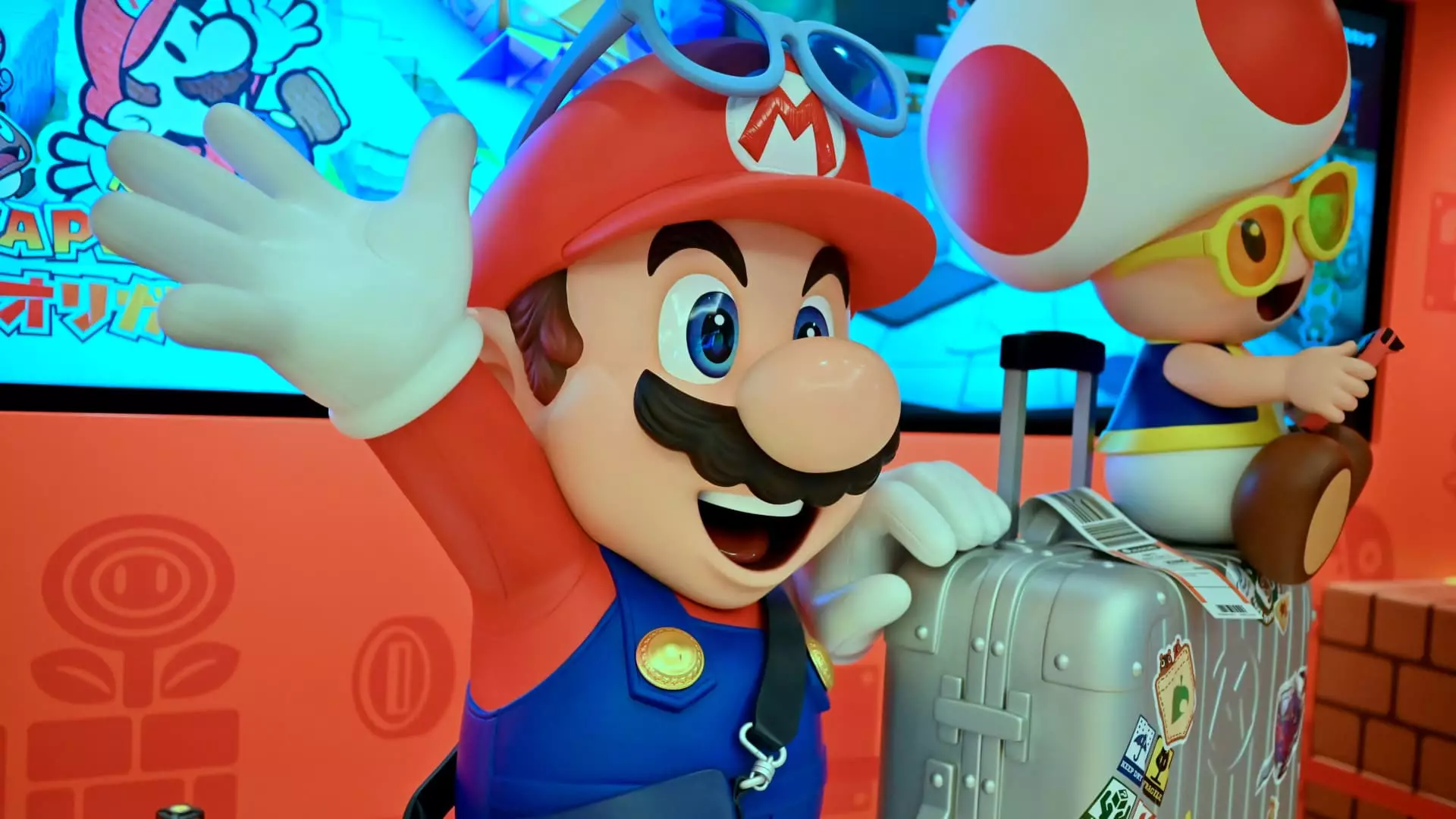On Tuesday, Nintendo revealed results for its fiscal third quarter that fell below market expectations, raising concerns about the future trajectory of its flagship console, the Switch. With the results for the quarter ending December 31 coming in with a revenue of 432.92 billion Japanese yen (approximately $2.8 billion), the figure marked a significant shortfall compared to the anticipated 498.22 billion yen. This disappointing trend continued with a reported net profit of 128.53 billion yen, falling short of the expected 136.16 billion yen and representing a 6% decrease year-on-year. Such financial results raise questions about how effectively Nintendo can maintain its competitive edge as the gaming landscape evolves.
Launched in 2017, the Nintendo Switch has enjoyed remarkable popularity, becoming one of the company’s top-selling consoles. However, nearly eight years into its lifecycle, consumer interest appears to be dwindling. This stagnation is occurring at a precarious moment as Nintendo faces the critical launch of its successor, often referred to as the Switch 2. The Japanese gaming giant has recently teased this next-generation hardware through a promotional trailer, sparking interest but also skepticism. While it has assured fans that select games from the Switch will be compatible with its successor, the absence of confirmed pricing or a release date enhances the uncertainty surrounding this highly anticipated transition.
In light of these recent results, Nintendo has markedly reduced its sales forecasts for the Switch. Initially projecting 12.5 million sales for the fiscal year ending March 31, the company has now lowered expectations to 11 million units. This is a telling indication that even with the introduction of upgraded versions and the strategic marketing of its beloved characters—such as Mario and Zelda via multimedia ventures—sustaining sales momentum for the aging console is proving problematic. The quarterly sales results further confirm this trend, as Nintendo sold only 4.82 million Switch consoles in the December quarter, dragging overall sales for the current fiscal year down 30.6% year-on-year, totaling 9.54 million units.
The core challenge for Nintendo lies not only in transitioning to the Switch 2 but also in maintaining user engagement with the original console. With an installed base of 150.86 million Switch units globally, the company’s strategy must address how to entice gamers to make the leap to new hardware. Analysts like George Jijiashvili from Omdia highlight that while Nintendo is well-situated for a second-generation launch due to its massive user base, the company faces the formidable challenge of convincing current users of the need for an upgrade. The narrative surrounding the new console will need to emphasize advancements over the existing model while also ensuring that those who choose to stick with their current Switch continue to receive support and new content.
Omdia speculates that the Switch 2 may debut in the first half of 2025. Analysts project that Nintendo may sell approximately 14.7 million units of the new console in its inaugural year. However, achieving sales figures that surpass those of the original Switch will require strikingly innovative features and compelling titles that resonate with both legacy and new gamers. The road ahead poses significant challenges for Nintendo as it tries to replicate—or even exceed—the phenomenal success of its predecessor while navigating a gaming industry in constant flux.
As the pressure mounts, the gaming community is left to wonder whether Nintendo can maintain its storied legacy while setting the stage for a bright future with the impending launch of its next-generation console. The potential exists, but the execution will be integral to determine whether history will repeat itself or if the entertainment giant will stumble amidst the changing tides of consumer preferences.

